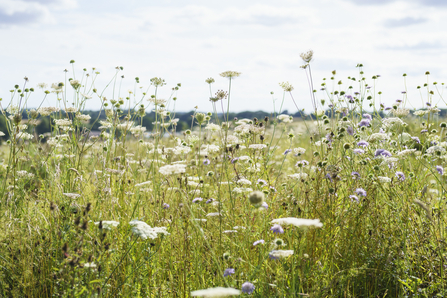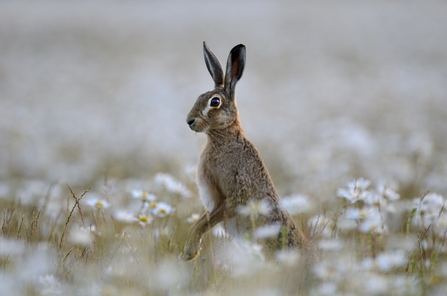A new report from The Wildlife Trusts reveals that nature-friendly farmers from the Jordan’s Farm Partnership have provided an area greater than Cambridge for farmland wildlife as part of their efforts to boost nature’s recovery. The group of over 30 cereal farmers are proving that commercial agriculture can flourish while also restoring nature.
Between 2020 and 2021 Jordan’s oat growers collectively farmed 15,000 hectares of countryside, of which over 4,200 hectares (28%) is managed for wildlife to support nature’s recovery, with the help of tailor-made farm wildlife plans devised by Wildlife Trust advisers.
These plans assist farmers in their efforts to improve and increase the wildlife habitats on their farms, such as ponds, hedgerows and wilder field edges, helping to give a boost to endangered species such as lapwing, grey partridge and yellowhammer. A host of other wildlife benefits too – from pollinators to brown hare and barn owl.


